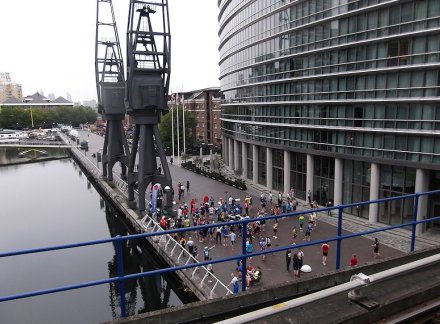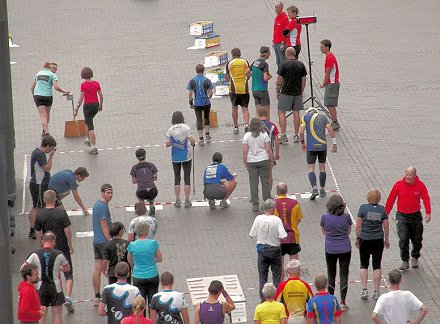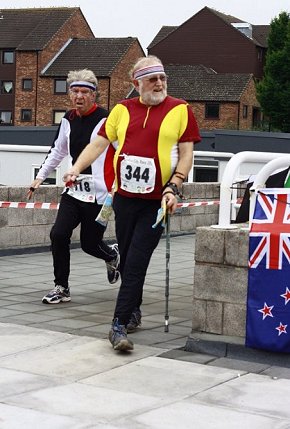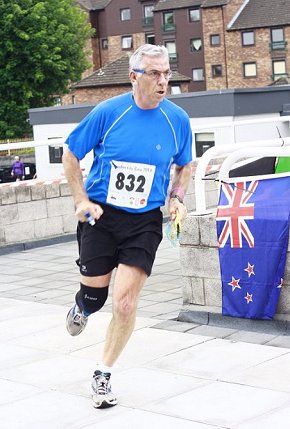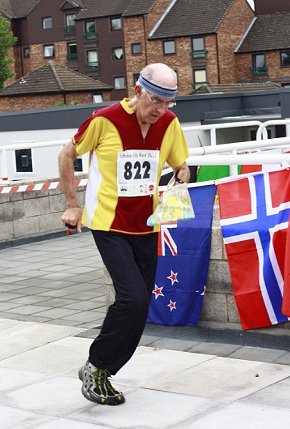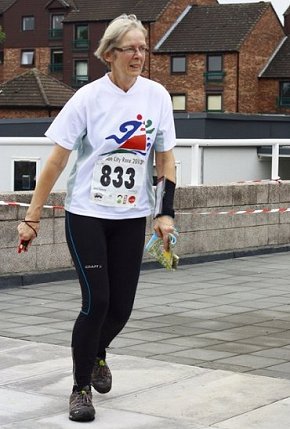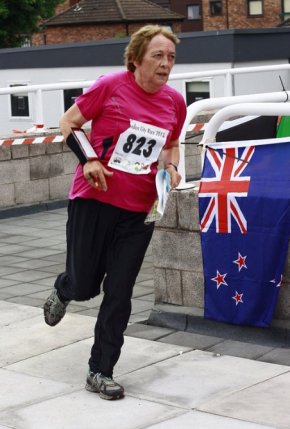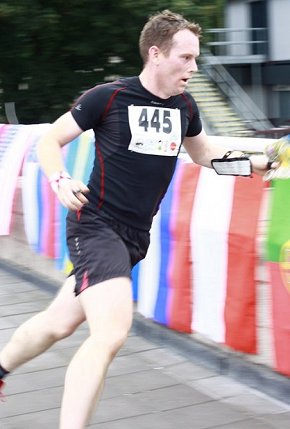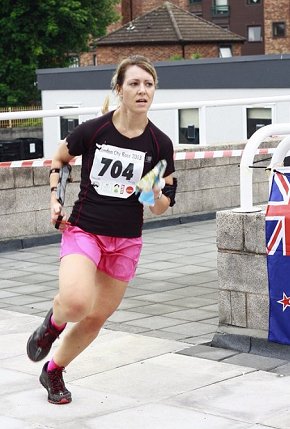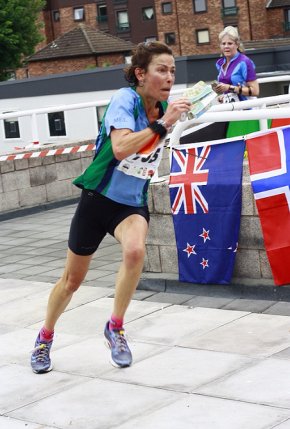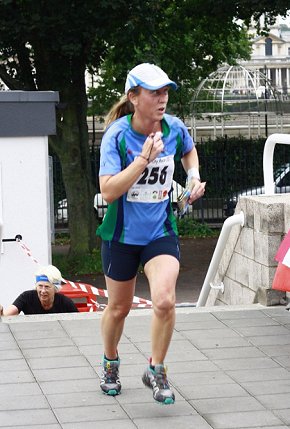Time was when orienteering was almost an entirely forest based sport, with the odd foray across Lake District fells, New Forest heathland or Cornish sand dunes.
However, the sport has moved on and these days as likely as not we can find ourselves in what would, only a few years ago, have been regarded as the most unusual terrain for orienteering. Oxbridge Colleges, army bases, medieval city centres, stone frigates (as the navy calls its shore stations), almost any terrain can these days host orienteering races.
Within the last few months, WIM as a club have held events around Bournemouth University campus, the new urban village of Poundbury in Dorchester, the parkland of a public school campus at Clayesmore and Canford, and the centre of the old market town of Sturminster Newton. Due to the restrictions imposed on their use during spring and summer, we've not held a 'proper' orienteering event in a forest since May.
Clubs are using most unlikely areas. For example, at the end of August, some of us were to be seen orienteering around the buildings of the Rutherford-Appleton Laboratories, including the synchrotron, of Harwell Oxford. Two weeks later we were roving around Bristol City Centre during the BOK Blast weekend.
Perhaps the most popular of the urban races has been the London City race, run for the last few years through the almost empty streets of the financial hub of the City of London on a Saturday morning in September. This event has become popular internationally and now attracts over 1000 competitors annually.
This year, by way of a change, the race moved to the other great financial centre in London, the area around Canary Wharf and the regenerated London docklands, with courses taking in Limehouse to the north and the Isle of Dogs to the south. Over 20 WIM members took part this year.
From the event centre, a school near Island Gardens, opposite Greenwich, all senior competitors travelled to the start at West India Dock on the Docklands Light Railway, where from the station we could see the main start laid out alongside giant cranes on the side of the dock basin.
Compared with some urban races, although the urban scenery was pretty spectacular. the courses this year weren't particularly technical, although there was often lots of route choice. But that was the nature of the chosen terrain.
As a contributor on Nopesport wrote “It's not about the orienteering. The course provided a great opportunity to run in spectacular surroundings. Did I come to run flat out through Canary Wharf with time to look at the view, or wriggle round some skanky estate? If you have an event at Livingston, there's no need to compromise the courses for sightseeing opportunity. London strikes a balance.”
Many of us made a weekend of it, perhaps taking in a show, or a concert, or the final stage of the Tour of Britain as well. There were no WIM members in the prizes this year, but I think most of us had a good day.
Dick Keighley
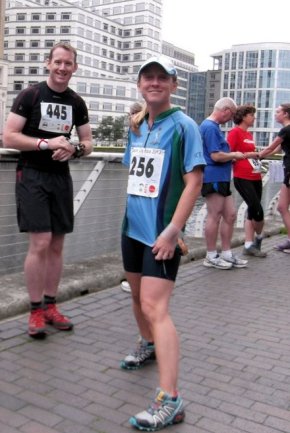
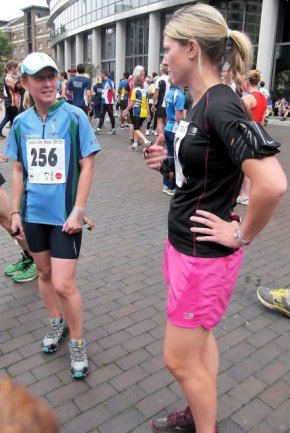
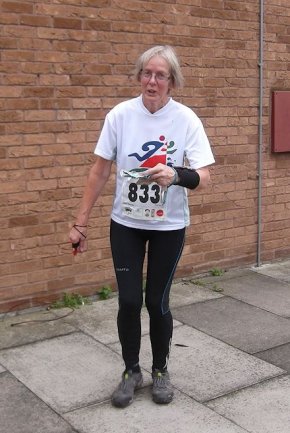
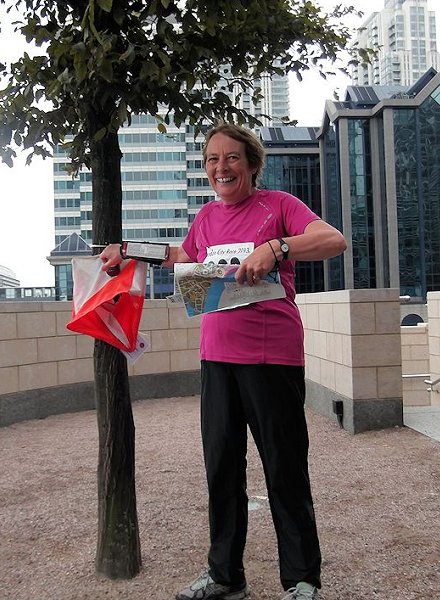
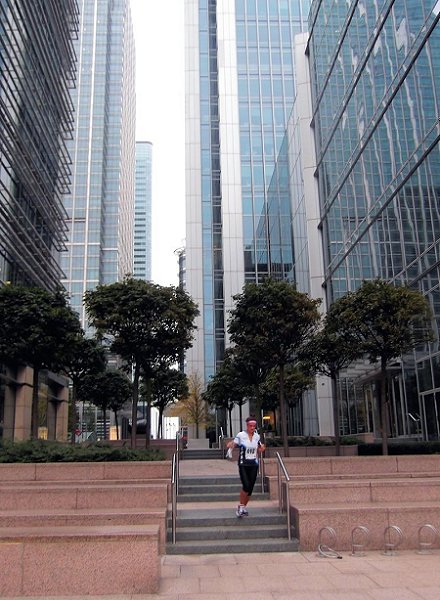
Photographs above by Dick Keighley
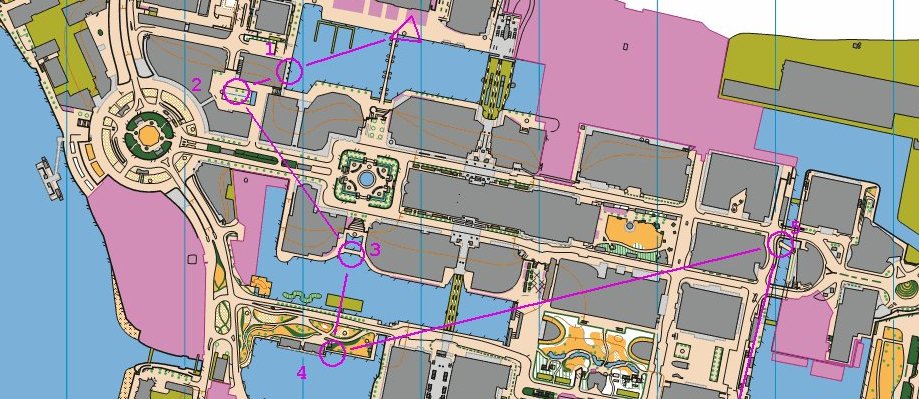
Click to view more of the Mens Ultra Vets 60+ course
Watch a video of Saturday's LOK UltraSprint on YouTube
View Chris Branford's photos of the London City Race and UltraSprint on Flickr

